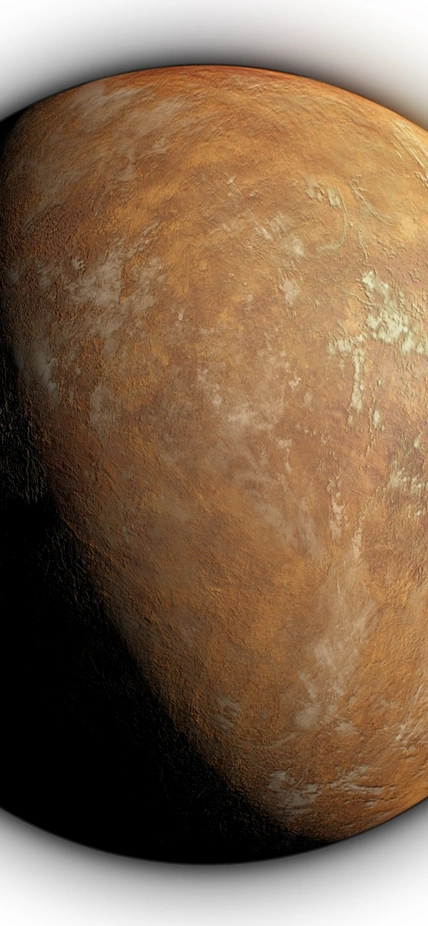Washington, DC—An international team including five Carnegie astronomers has discovered a frozen Super-Earth orbiting Barnard’s star, the closest single star to our own Sun. The Planet Finder Spectrograph on Carnegie’s Magellan II telescope was integral to the discovery, which is published in Nature.
Just six light-years from Earth, Barnard’s star is our fourth-closest neighboring star overall, after Alpha Centauri’s triple-star system. It is smaller and older than our Sun and among the least-active known red dwarfs.
To find this cold Super-Earth, the team—which included Carnegie’s Paul Butler, Johanna Teske, Jeff Crane, Steve Shectman, and Sharon Wang—combined 20 years of data from seven different instruments, all of which were “stitched” together to form one of the largest and most-extensive datasets ever used for this method of planet detection.
“After a very careful analysis, we are over 99 percent confident that the planet is there,” said lead author Ignasi Ribas of Spain’s Institute of Space Studies of Catalonia.
Called Barnard’s star b (or GJ 699 b), the planet has at least 3.2 times Earth’s mass and orbits its star every 233 days at a distance where water would be frozen, called the “snow-line” by astronomers, who estimate a surface temperature of -150 degrees Celsius.
This is the first time a planet as small and distant from its star as this one has been detected using what’s called the radial velocity technique. This method takes advantage of that fact that not only does a star’s gravity obviously influence the planet orbiting it, but the planet’s gravity also affects the star in turn. Using sophisticated instruments, including Carnegie’s Planet Finding Spectrograph, astronomers can detect the tiny wobbles that the planet’s gravity induces in the star’s orbit.
“This technique has been used to find hundreds of planets,” said Butler, one of the pioneers of the radial velocity method. “We now have decades of archival data at our disposal. The precision of new measurements continues to improve, opening the doors to new parameters of space, such as Super-Earth planets in cool orbits like Barnard’s star b.”
The research team says that the newly found planet’s characteristics make it an excellent target for direct imaging using the next generation of instruments such as NASA’s Wide Field Infrared Survey Telescope (WFIRST), and possibly the European Space Agency’s Gaia astrometry mission.
“This is the result of a large collaboration organized in the context of the Red Dots project, which is why it has contributions from teams all over the world, including semi-professional astronomers,” concluded Guillem Anglada-Escudé from Queen Mary University of London, who co-led the effort.
Top Image Caption: An artist’s impression of the newly discovered planet under the orange tinted light from Barnard's star. Illustration is courtesy of IEEC/Science-Wave and Guillem Ramisa.
__________________
This research was supported by the following institutions, organizations, fellowships: Spanish MINECO Generalitat de Catalunya/CERCA programme, Fondo Europeo de Desarrollo Regional (FEDER), German Science Foundation, the The U.K. Science and Technology Facilities Council, the U.S. National Science Foundation, Queen Mary University of London Scholarship; Perren foundation grant; CONICYT-FONDECYT, Swiss National Science Foundation; Koshland Foundation, and McDonald-Leapman grant; and NASA Hubble Fellowship.
